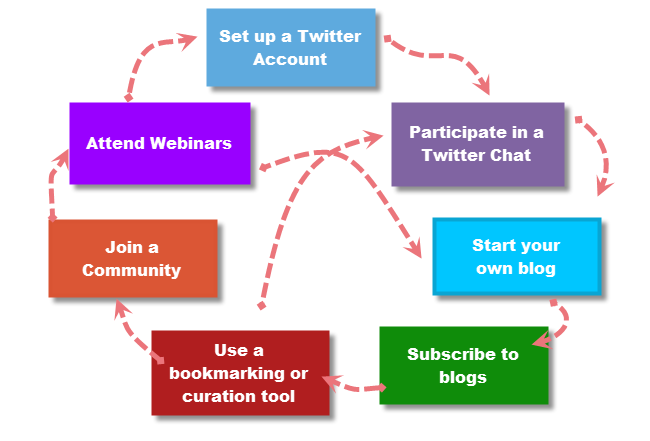1. Where are you in your experiment?
So far we’ve had half of the scheduled artists visit the class, some virtually and others in person. It seems that having an artist physically present in the class works better than the alternative; however, both methods are effective in their own ways. We had artists give demonstrations both in the class and virtually in their studio. Having them in the class was a blast but some artists were reluctant to demonstrate by bringing their materials to the classroom. It is much easier for them to do from the studio.
Having students prepare the introduction and questions was effective: it made students more alert and engaged in the conversations. Many of the questions posed during a talk would not have come up without advance research. That made the Q&A part more interesting for everyone.
The lectures are now alive on YouTube, and we are working out ways to write better descriptions for future use. Having lectures recorded enabled students who missed the class still see them and respond to them.
There are still a few more artists coming into the class later this semester, therefore I have not collected any response papers yet. Those promise to be reliable indicators of the experiment’s effectiveness.
2. How are things going?
• Students are more involved in interviewing the artists. Their questions are more informed and engaging. The participation and interest are much greater than before.
• As each student could pick the artist of their choice to research, it’s more likely that their subject was more in line with the student’s own interests and creative aspirations.
• Approximately half of all students found virtual presentations to be less effective than physical ones. The other half was OK with either method. Having visiting artists lectures recorded allowed all of the students see the lectures whether they were present or not.
• I look forward to utilizing the recorded lectures in future classes.
• Having a group responsible for an assignment often means students who are normally passive get away not doing the work. Since there were many aspects to visiting artists assignments – interview, introduction, a YouTube description and a response paper – all students had to participate in some form or other.
• Having artists walk students though their process was an eye opening experience for many students. It inspired them be creative.
• All artists were very impressed by the informed introduction made by students before their presentations.
Since a lot of material has not yet been submitted by students, it is hard to fully gauge the effect the artists research has had on students. So far the response has been very positive.

